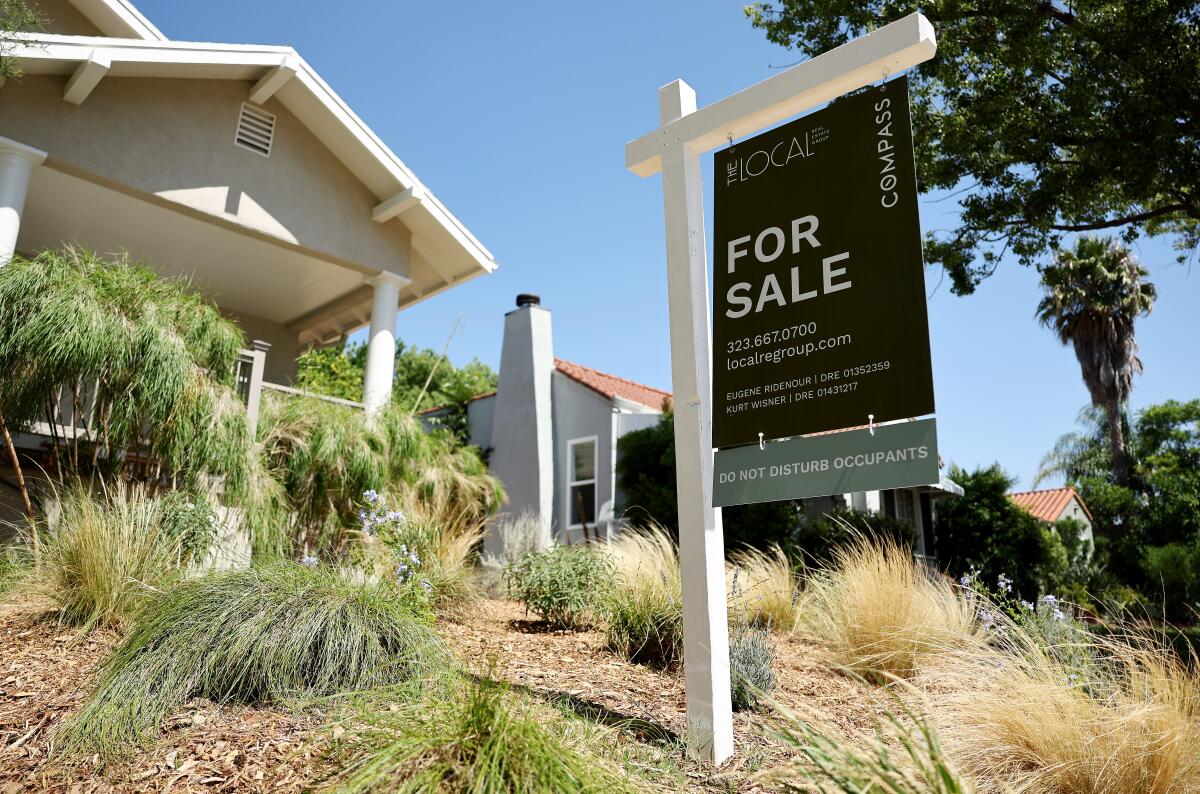The Future of Real Estate: Fads and Opportunities to See
As the actual estate landscape progresses, it becomes significantly important to understand the arising fads and possibilities that will certainly define the sector in the coming years. With these dynamics at play, a more detailed evaluation of the techniques and adjustments essential for success exposes intriguing opportunities that can reshape investment strategies and market actions.
Technological Innovations in Property
In current years, the genuine estate industry has welcomed a wave of technical technologies that are transforming conventional practices. One of the most significant advancements is the increase of huge data analytics, which permits actual estate professionals to examine market trends, forecast building values, and recognize financial investment chances with extraordinary precision.
In addition, virtual reality (VR) and augmented fact (AR) innovations are reinventing property advertising by giving immersive experiences for possible buyers and tenants. These devices enable clients to carry out online tours of residential or commercial properties, thereby streamlining the search process and boosting consumer engagement. Additionally, blockchain technology is acquiring grip as a way to protect purchases and keep transparent documents, therefore lessening fraudulence and accelerating the closing process.
Smart home technologies are likewise becoming progressively common, allowing property owners to monitor and control their residential or commercial properties remotely (Real Estate Lockhart). Collectively, these technological advancements are improving the landscape of real estate, fostering a more efficient, transparent, and customer-centric industry
Need for Sustainable Features
As consumers increasingly focus on environmental responsibility, the need for lasting homes has surged in the realty market. This shift shows a wider societal trend toward sustainability, with financiers and buyers looking for residential properties that decrease ecological effect while making best use of power performance. Attributes such as photovoltaic panels, energy-efficient devices, and lasting building materials are currently considered as essential rather than optional.

In addition, the surge of environment-friendly neighborhoods, which focus on walkability and accessibility to public transport, additionally emphasizes this fad. These growths interest eco aware buyers and advertise a healthier way of life.
As the demand for lasting properties remains to increase, sector stakeholders have to adapt to these assumptions. By focusing on and embracing innovative practices sustainability, the genuine estate industry can not just satisfy consumer need yet likewise add to a more sustainable future.
Altering Buyer Demographics

Additionally, the maturing population is reshaping need for real estate. Infant boomers are looking for downsized houses that offer access and low maintenance, frequently favoring metropolitan settings with neighboring amenities. This change requires an emphasis on multi-generational real estate solutions that fit varying demands.
Moreover, social diversity is playing a critical function in actual estate trends. As these group changes proceed to progress, real estate specialists need to adjust their strategies to attend to the needs of these varied buyers (Real Estate Lockhart).
Surge of Remote Job Effect
Significantly, the surge of remote job is transforming the property landscape, motivating considerable shifts in buyer choices and area choices. As employees delight in the adaptability of functioning from home, several are reassessing their property requirements, leading to a surge popular for residential or commercial properties in suburban and country areas. This trend is primarily driven by the desire for more roomy living settings that can suit home workplaces and a much better quality of life.
Additionally, city facilities, once the prime focus for buyers, are witnessing a progressive decline popular as people prioritize cost and access to nature. As a result, realty developers and investors are changing their emphasis towards residential properties that supply home workplace rooms, outdoor features, and distance to essential solutions.
Genuine estate professionals need to adapt helpful hints to the changing choices of customers, stressing the relevance of way of life aspects in their advertising strategies. The ramifications of remote job on actual estate news are profound, shaping future fads and opportunities.
Financial Investment Opportunities in Emerging Markets
Investment opportunities in emerging markets are constantly attracting focus from investor seeking diversity and development capacity. These markets, characterized by fast economic advancement, increasing urbanization, and a growing middle class, existing special prospects for wise financiers. Countries in Southeast Asia, Africa, and Latin America are observing considerable infrastructure renovations and beneficial government policies, which even more boost their appeal.
Realty fields such as domestic, industrial, and logistics are experiencing increased need as a result of urban migration and progressing consumer preferences. Significantly, cities like Ho Chi Minh City, Nairobi, and Medellín are ending up being hotspots for investment because of their broadening economies and youthful demographics.
Capitalists need to conduct complete market evaluations to determine crucial trends, such as shifts in population dynamics and financial security, which can affect residential property values. Furthermore, collaborations with local property firms can assist in successful access and navigation in these markets.
However, it's critical to be mindful of prospective risks, consisting of political instability and governing difficulties. By weighing these factors and adopting a lasting point of view, capitalists can successfully profit from the rewarding chances arising in these developing areas.

Conclusion
In conclusion, the future of actual estate will be substantially influenced by technical improvements, a growing emphasis on sustainability, and developing customer demographics. Browsing this transforming landscape will require strategic partnerships and a keen understanding of market dynamics to capitalize on the fads forming the market.
As the Get More Information real estate landscape progresses, it ends up being increasingly essential to understand the arising fads and opportunities that will define the market in the coming years. One of the most notable technologies is the increase of large information analytics, which allows genuine estate professionals to examine market trends, anticipate home values, and recognize financial investment chances with unprecedented accuracy.As customers increasingly focus on ecological obligation, the demand for sustainable residential or commercial properties has actually risen in the genuine estate market. The effects of remote job on real estate are extensive, shaping future fads and possibilities.
Investment possibilities in emerging markets are constantly drawing in attention from real estate financiers looking for diversity and development capacity.